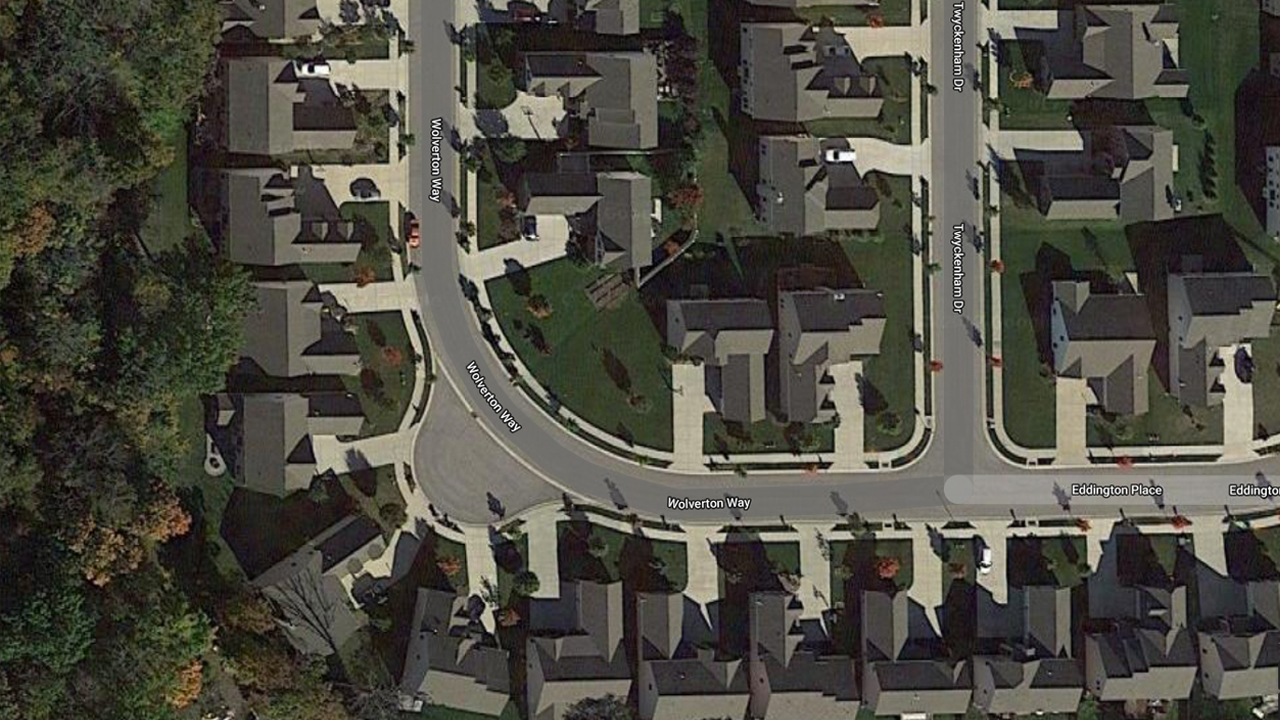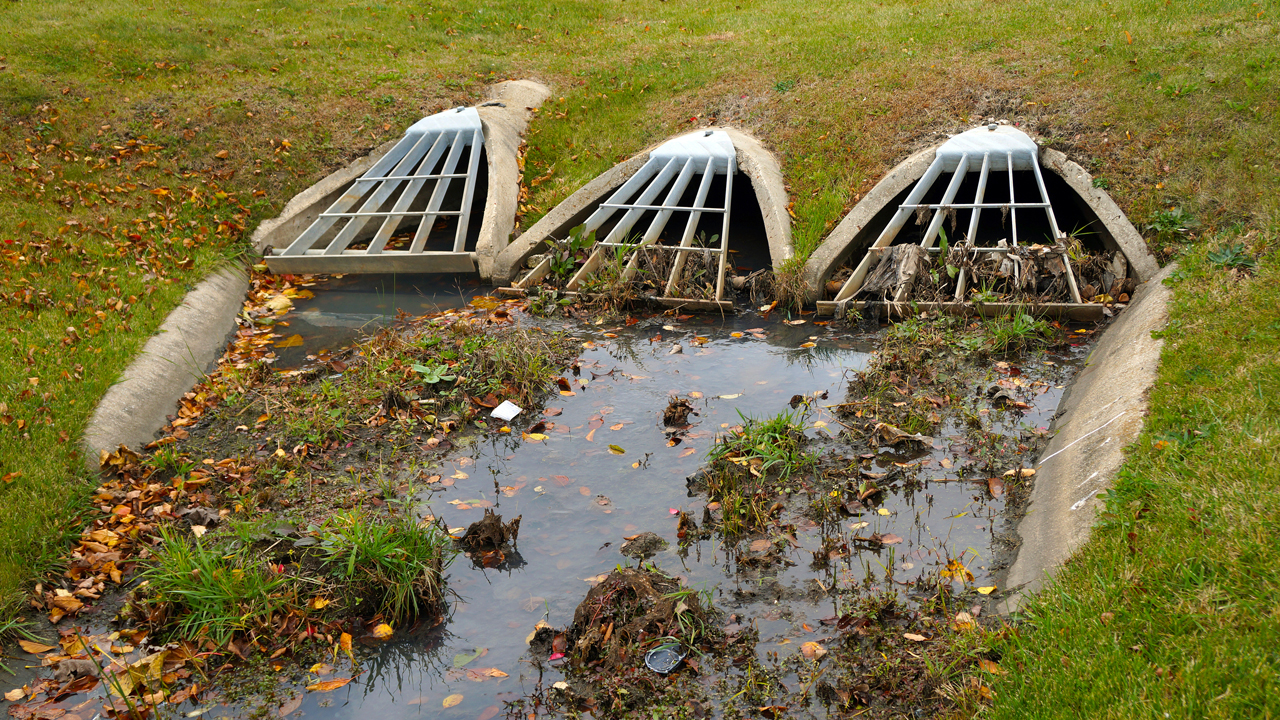Even in the best developer/consultant relationships, business goals and site plan ideas can differ.
A developer’s return on investment (ROI) goals may not always align with an engineer’s site plan if the engineer doesn’t have the opportunity for early input. As a result, the full value of the land asset and infrastructure investments are not maximized. By considering alternative site layouts and working closely with the engineering consultant from the beginning, developers can reduce master plan waste, and projects can become more efficient and more profitable. Here are three ways to identify waste in land master plans:
1. Think small to save big
Sometimes even little changes can make a big difference. Minor alterations to a roadway design allowed one developer to add an additional lot to a development, and reduce road length by 300 feet. The net result: $80,000 in additional revenue with a reduction of $150,000 in infrastructure expenses.

2. Challenge the myth of street bubbles
A new trend is placing street bubbles in the corners of developments. Why? Planners/engineers feel this is the only way to gain a lot in the dead corners of rectangular properties. Conventional thinking says achieving density goals requires stretching the setback of homes by building more lineal feet of street. Instead, consider a layout that breaks the parallel relationship between curb and home front, reducing street volume and length. Simply read your ordinance – likely it states setbacks shall be “not less than” or “minimum.” By understanding what the ordinance allows, you can create the lot without the added street expense.

3. Incorporate stormwater management into your plan from the beginning
When master plans don’t match the site terrain, costs for stormwater management infrastructure add up quickly. Look for opportunities to incorporate natural drainage patterns that don’t require, or minimizes the size of box culverts, pipes, and other conveyance structures. In addition, master plans matched with natural elevations can result in significant savings on grading costs turning stormwater conveyance into a site amenity.

About the Expert

Randy Jenniges, PE*, is a civil engineer, SEH principal, Board of Director, and the company’s director of land development. He specializes in maximizing ROI on developments from 40 to more than 1,000 acres.
*Registered professional engineer in MN, NC, and TX.

.png?width=113&name=SEH_Logo_RGB%20(1).png)
